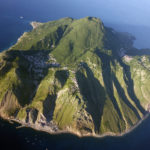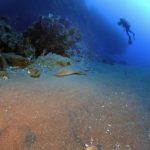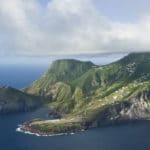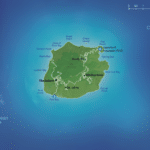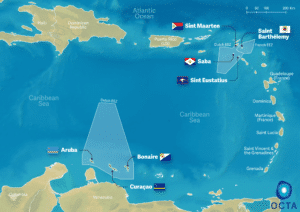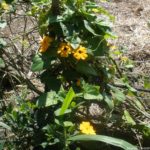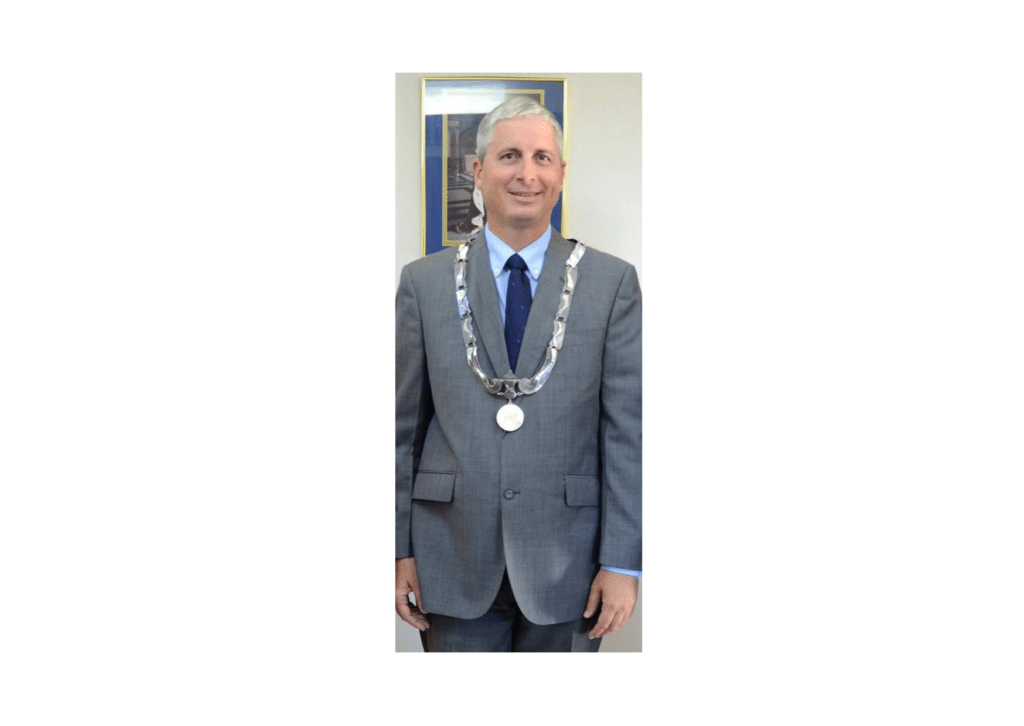
Governor of Saba
Jonathan Johnson (born 25 September 1976) has been the Governor of Saba since 2008.
Mr. Johnson graduated from the University of Florida with a master’s degree in Education in 1999. Before becoming Island Governor, Mr. Johnson worked as a teacher at the Sacred Heart Elementary School for 4 years. In 2004, Mr. Johnson became the director of the Saba Comprehensive School and held that position until 2008.
As the Island Governor, Mr. Johnson is the chairman of the Executive Council, and of the Island Council. He is not a member of the Island Council himself but can participate in the discussions during the meetings of the Island Council. As chairman, he is responsible for coordinating the meetings.


